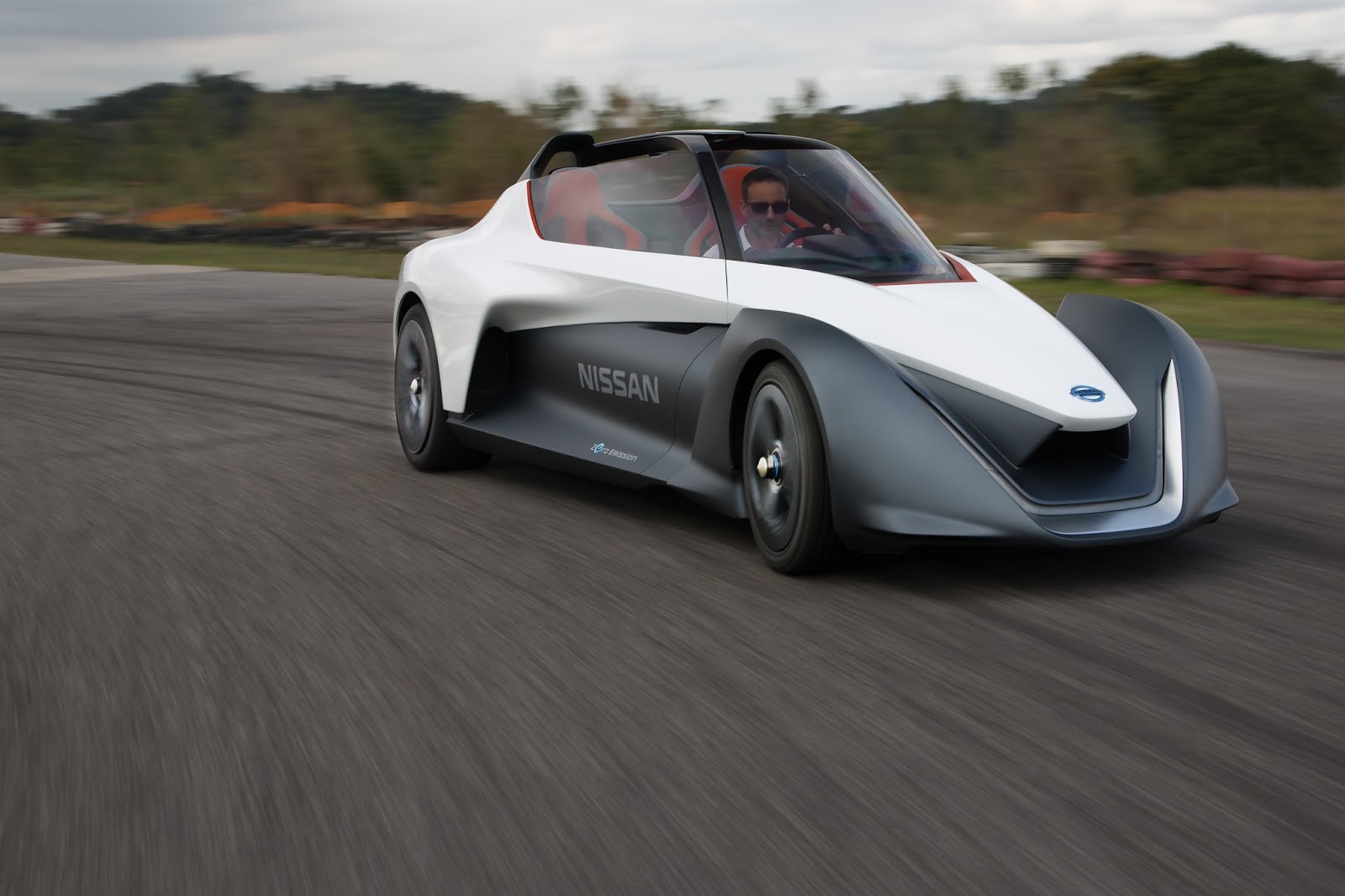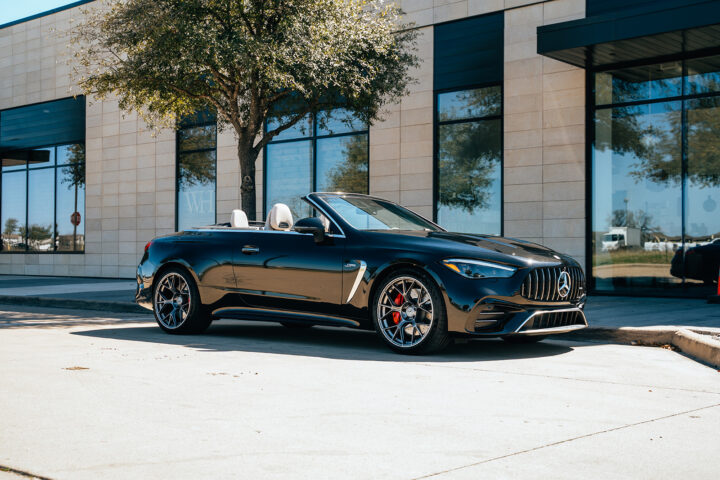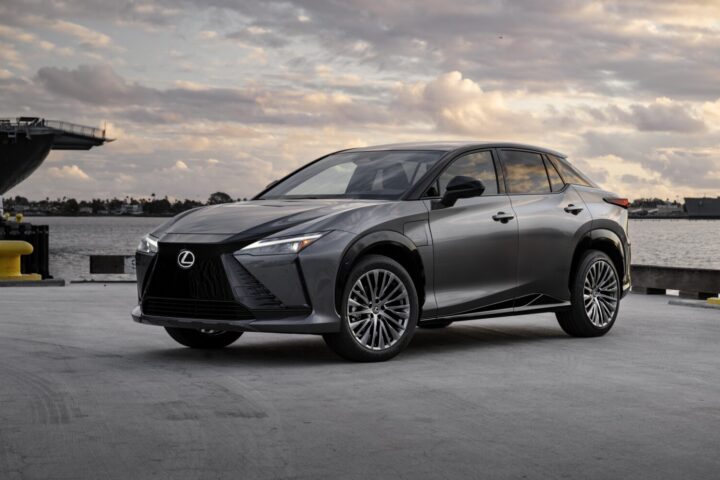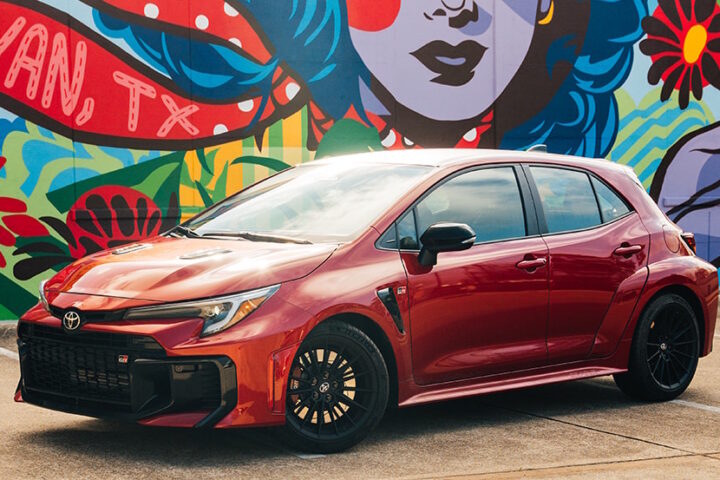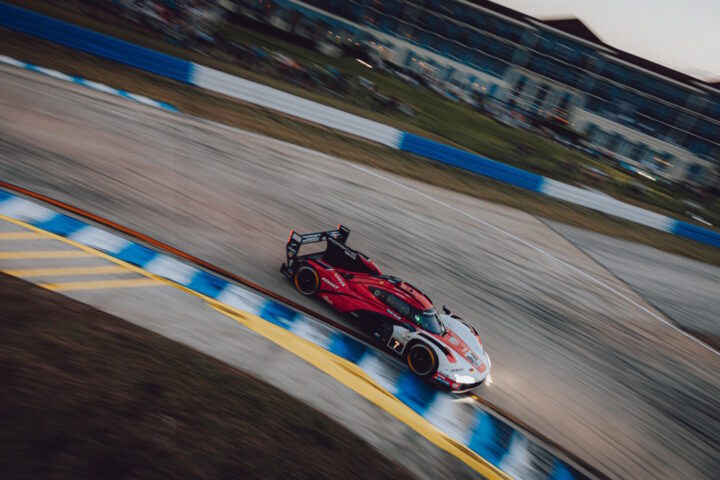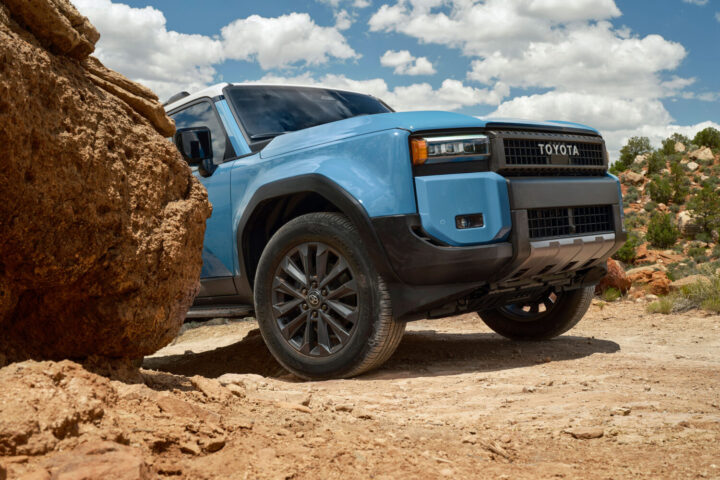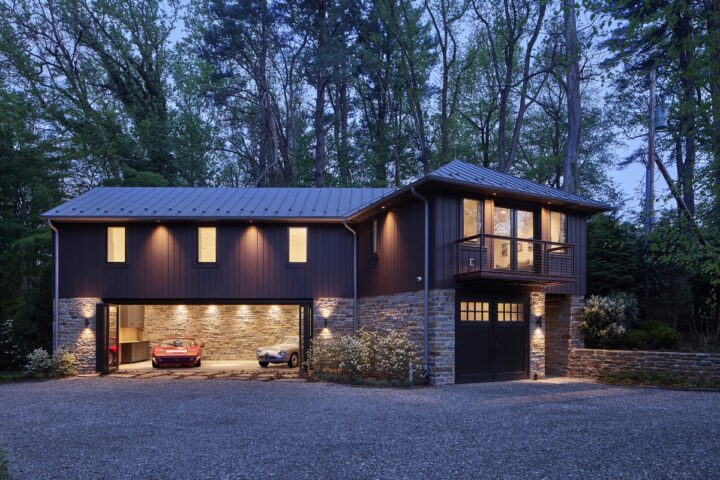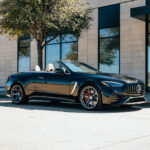Today the all-electric Nissan BladeGlider prototype electrifies the iconic Goodwood Hillclimb at the ever popular Festival of Speed and offers select media a thrilling experience in its first pan-European test drives on the Sunday at the iconic Goodwood racing circuit.
Last driven on the Monaco street circuit, it can be seen in action on the Hillclimb during the Supercar run on the first three days of the show and will be put through its paces on the circuit on the final Sunday. When it’s not gliding up the Hill, the BladeGlider will be on display in the paddock, giving visitors the opportunity to get an up-close and personal look at this cutting-edge prototype.
The vehicles, an advanced evolution of the BladeGlider concept car first shown at the Tokyo Auto Show in 2013, symbolize future technologies that will combine Intelligent Mobility, reduced environmental impact and sports-car driving capabilities.
The BladeGlider prototype forms part of Nissan’s on-going commitment to the development of zero-emission vehicles and new automotive technologies including autonomous drive systems and connectivity. Nissan already sells the world’s highest-volume zero-emission car, the LEAF, and is pioneering Intelligent Mobility systems that will be deployed in a range of vehicles over coming years.
With the BladeGlider, Nissan’s vision was for an agile, efficient EV that would provide new dimensions of driving fun and excitement – a car that would ‘glide’, thanks to the near-silent performance of its electric powertrain and aerodynamic shape.
After two years of work on design, engineering and development, Nissan BladeGlider has evolved further into an exciting, real-life study into the potential of advanced EV performance. BladeGlider epitomises Intelligent Mobility, a philosophy to make its cars more exciting by redefining how they are driven, powered and integrated into society.
The demonstration models feature an advanced chassis configuration with a narrow front track and wider rear track for optimum aerodynamic efficiency and handling stability.
High-waisted, rear-hinged dihedral doors provide a dramatic entry and exit to the cabin. The open roof of BladeGlider is reinforced with an integrated roll-over protection structure, providing the exhilaration of an open-topped race car with the safety of a coupé.
Wheel-mounted controls for BladeGlider’s systems feed into an advanced display showing speed, state of battery charge, regeneration mode and torque map. Flanking the central display are two screens, with the images of rear-view cameras mounted just behind the front wheels. An alternative to door-mounted mirrors, this dual screen design improves the aerodynamic efficiency of BladeGlider. The driver sits in arrowhead formation slightly in front of two passengers, who enjoy extended legroom. The view for all occupants is panoramic, thanks to the seamless cockpit windscreen.
Power is 100 percent electric, with exceptional powertrain performance delivered by Nissan’s technical partner for the BladeGlider project, UK-based Williams Advanced Engineering. Maximum speed of the demonstration models is in excess of 190km/h*, with 0-100km/h taking less than 5 seconds*. The rear wheels’ drive is provided by two 130kW electric motors – one for each wheel.
The system features torque vectoring, controlling the torque delivered to the driven wheels, improving the handling even further. With torque vectoring, if the car starts to under-steer, it automatically sends more torque to the outside wheel to restore the handling balance.
Designed to add to the driving experience rather than govern it, the torque vectoring systems has three settings: off, agile and drift mode.
Power is supplied by a high performance five module lithium-ion 220kW battery. Bespoke cooling systems have been developed for both the battery and the motors.
The interior of the BladeGlider reflects the vehicles’ sporting intentions, with four point safety harnesses for each occupant. The seats offer exceptional support to sides and legs of the driver and passengers. The seats are trimmed in a highly tactile blend of fabric and epoxy resin coating, resulting in a tough and grippy material that has the effect of comfortably adhering occupants securely in place.

